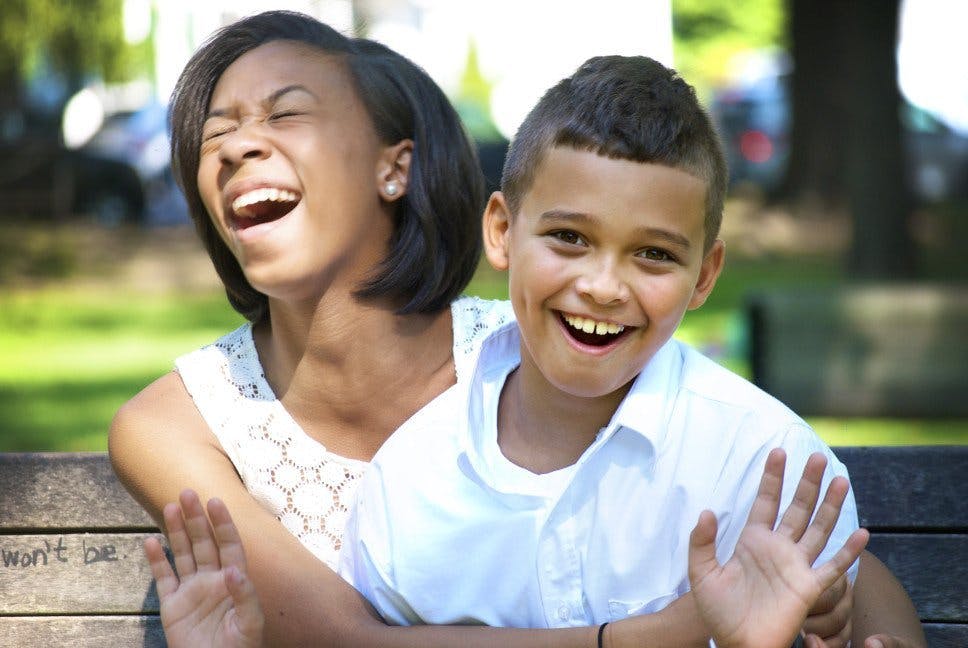How Does Transitioning To A New Location Affect Children with Developmental Disabilities
A transition is best defined as a time of change, where the changes impact an individual’s routine and their day to day functions. …

A transition is best defined as a time of change, where the changes impact an individual’s routine and their day to day functions.
For an individual that has developmental disabilities, a transition may be more challenging for them to adjust to, as their disability likely heightens their resistance to change. Transitions can mean any sort of change in their daily routine, whether that is when they are going from school to home or simply from play time to bedtime. Transitions actually happen multiple times a day for children with or without developmental disabilities, but the concept of change is harder to grasp for those with those challenges. Change is inevitable and it happens often, but that does not mean that it is easy for all parties involved.
What is a Transition and How Does it Impact Your Child?
Transitions will impact children differently and their reactions to changes will prompt different behavioral responses based on the child’s disability and their coping mechanisms. As aforementioned, transitions happen every day inside and outside the home. However, when a child with developmental disabilities or intellectual disabilities is old enough to attend school, transitions become more common and their responses to changes can intensify. A school environment for some children can soothe their responses to transitions, especially if they are in a special education class that eases them into the changes when they move from one activity to another. However, if the child is not in a special education class and they are not being guided through the transition, they can react with sudden outbursts of inappropriate behavior, physical aggression or emotional distress.
When a child with developmental disabilities starts to feel anxious or angry around the time of their transitions, he or she may start to act out and redirect their feelings into unhealthy behaviors. The Center on Social and Emotional Foundations for Early Learning defines this type of behavior as “challenging behavior” because the child with the disability is often difficult to handle during this time, and it can be very challenging to calm them down. Such behaviors include:
- Tantrums that include screaming, crying and overall defiance against authority.
- Self-harm including scratching themselves, throwing themselves against the wall and/or floor, etc.
- Shutting down emotionally and/or physically, which often means the child will simply sit or lay on the ground and refuse to move, as they feel the anxiety of the transition is too great to carry on with their daily activities.
- Aggressive physical behavior including hitting others, destroying anything in their path and screaming at others with the sole intent to hurt their feelings.
As previously mentioned, the responses to transitions may vary from child to child, as each person will have a different physical, emotional or verbal reaction to the changes that they are experiencing. The important thing to know is how your child reacts to certain situations that they may find themselves in. Although you will not be there during the school day to help them with their behavior, you can predict behavior and try to mitigate any issues by teaching them about transitions and giving them appropriate coping mechanisms during this time.
How Can You Help Your Child with Transitions in School?
As a parent, you likely are always looking for ways to protect your child and to ensure that they have the tools and skills necessary to succeed. As you know, when you have a child with developmental disabilities, those tools and skills may look different than those for children without disabilities. One of the easiest ways to help your child with transitions in school is to discuss what transitions are, what they can expect during this time of change and even practice transitioning between activities! There are several ways to assist your child with their transitions such as:
- Talk with your child about what transitions are, how they may feel regarding the situation and what they should do in that situation.
- Take it one step further than talking and act it out! By simply reenacting a transition, such as moving from lunchtime to a classroom or from classroom to naptime, you can set your child up for success by allowing them to practice how they will feel during the real life situation.
- Practice transitions that may not be a part of the school day, but rather a part of their everyday life. As we mentioned, during the school day, your child may experience changes from going from one activity to another. Emulating transitions in their everyday life can get them used to the process of going through changes and give them an opportunity to react positively and practice positive behaviors. If your child has a chore that they carry out daily or weekly, try transitioning them to their chore from another activity that they are doing for them to experience change. Another great way to practice transitions in the home is to go from playtime to bedtime, giving them a chance to unwind and find a way to control their emotions appropriately.
- Give them the tools they need to succeed when they are feeling overwhelmed. Working with an Occupational Therapist will allow you to familiarize yourself with coping mechanisms for your child and what works for them to redirect their aggressive energy. Does your child hit others when they are anxious or frustrated? Do they often throw tantrums? Have the OT work with your child on breathing techniques and how they can calm themselves down when they start to feel the triggers that they may associate with transition periods in a school day.
- Speaking with the teacher is a must when setting your child with disabilities up for success in their school day transitions. Simply taking the time to call your child’s teacher, or better yet meet with them in person, gives you the opportunity to discuss your child’s needs with them and how to handle certain situations. No one knows your child better than you do – so who is better to advocate for them to the outside world?
As you work with your child to become more familiarized with transitions, we encourage you to utilize the tips we have listed above. Your child will be challenged daily in their school environments and during their time in school. Although it can be tough to work with them on perfecting their responses to transitions, with the right approach it can be done!
